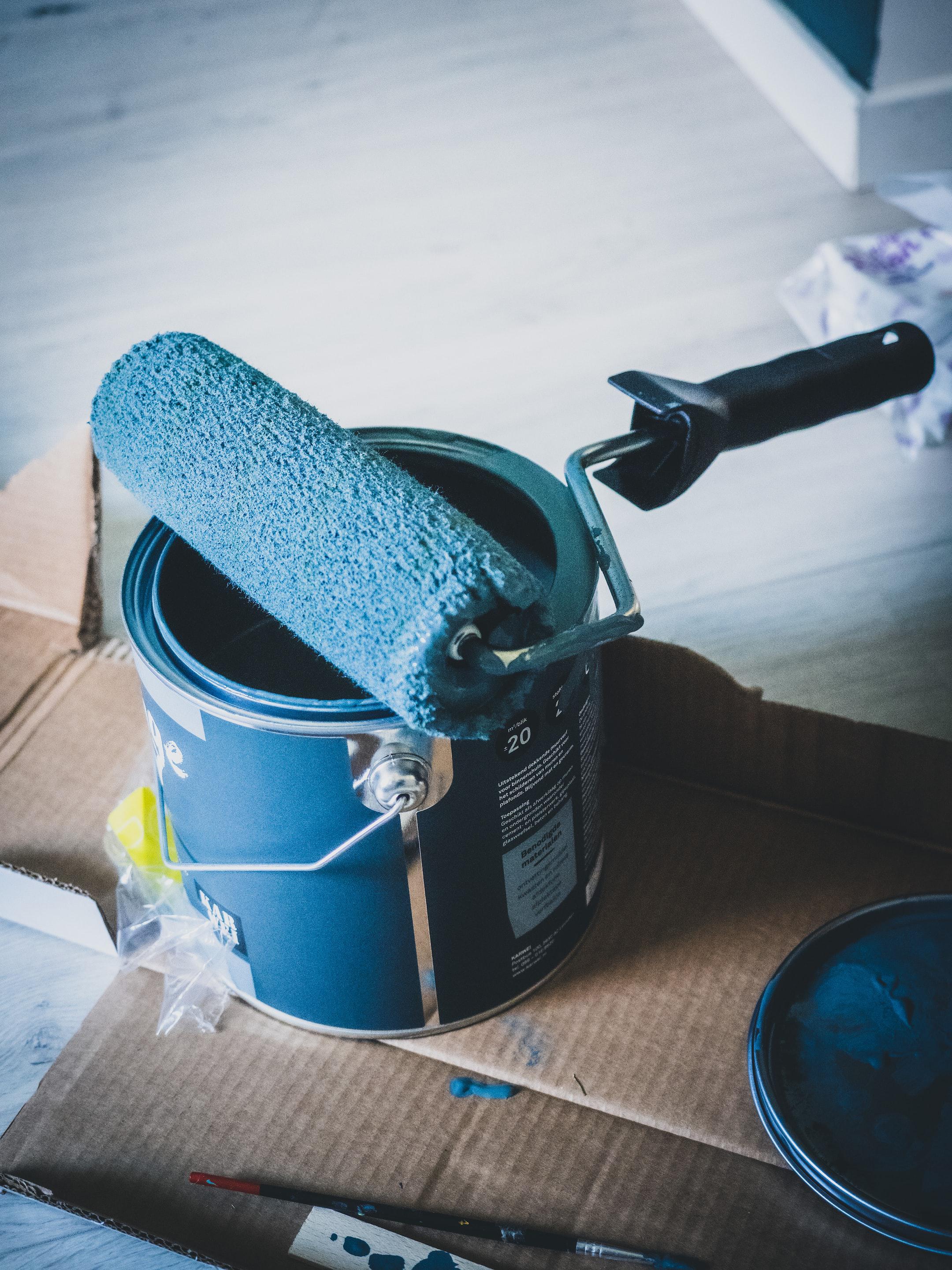
Paint bubbles and blisters are quite a common problem associated with interior and exterior painting projects. Though special techniques have been developed, a truly effective paint job lies in avoiding blistering in the first place.
We’ll explain a few techniques professional painters use to prevent paint from blistering in Florida.
To achieve good paint results, it’s essential to prepare the surface where you’re going to paint properly. If repairs are needed, use a high-quality filler, sand the area, and clean your walls properly to remove the sanding dust. Wiping down the walls with a damp cloth can help remove dust along with dirt and grime, which are often common causes of blistering paint. If you remove any wallpaper, be sure to remove any remaining glue.
If you paint a damp wall or any areas of your home that are exposed to humidity, like the basement, it can cause blistering. Painting the exterior of your home right before or after a storm can also be as harmful as applying paint on a surface that’s still wet. That’s because high humidity can lead to blisters on the paint surface, requiring remedial actions (scraping, sanding, and repainting) later on.
When you paint the interior or exterior of your home, applying primers and sealers can prevent bubbles from forming. Using oil-based primers and letting each coat dry properly before applying a new coat or the paint finish can help avoid bubbling in the fresh coat of paint. Temperature, relative humidity, and ventilation are the main factors professional Florida painters consider before painting a surface. If humidity is high, wait as long as possible to let the wall surface dry completely.
If your existing paint is oil-based, make sure to use an oil-based product to repaint your walls. Applying latex paint can lead to bubbling and other problems, as paints react differently to humidity and temperature variations. When using latex paint over oil-based, be sure to apply a primer to ensure adhesion of the paint to the substrate.
Bubbling can occur because of the thin consistency of low-quality finishes. If you see bubbles forming while applying a product, you have two alternatives — slow down or switch to a high-quality product. The second alternative is usually best if you initially opted for a cheaper product.
Professional painters tend to choose their paint rollers based on the type of paint they use and the surface on which they are painting. While a ¼ or ⅜ -inch nap is ideal for smooth surfaces, there are other sizes that are more appropriate for textured walls. Additionally, a short roller nap is the best choice for gloss and semi-gloss paints, as it allows painters to press against walls with more force, which can help eliminate blistering.
With over 50 years in the business, UCI Paints is the company to trust with your painting projects in Florida. Not only do we offer a variety of high-quality, enamel-based paints to choose from, but we also provide a 100% workmanship warranty to back our work.
Speak with one of our highly trained representatives today at 954-581-6060, or reach us through our contact form to get in touch about your next painting project. You can also email us at customerservice@ucipaints.com for any painting and order inquiries.